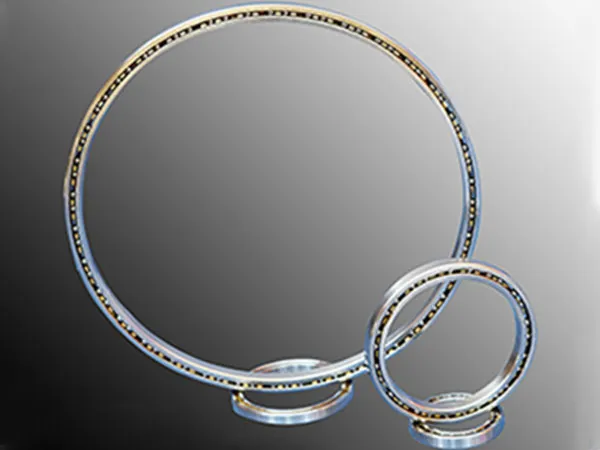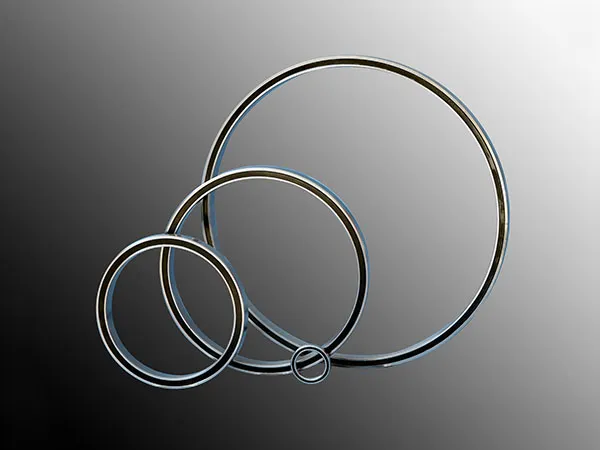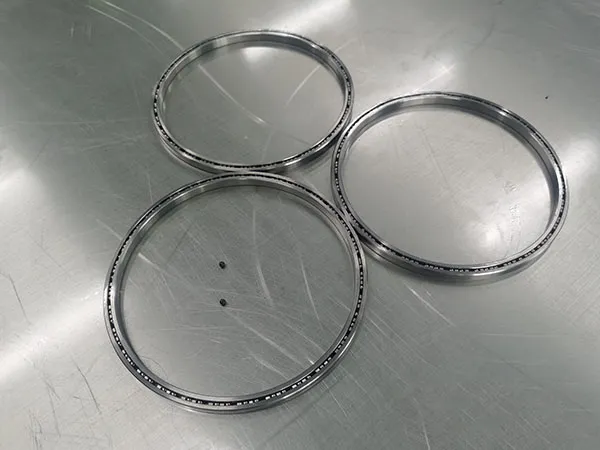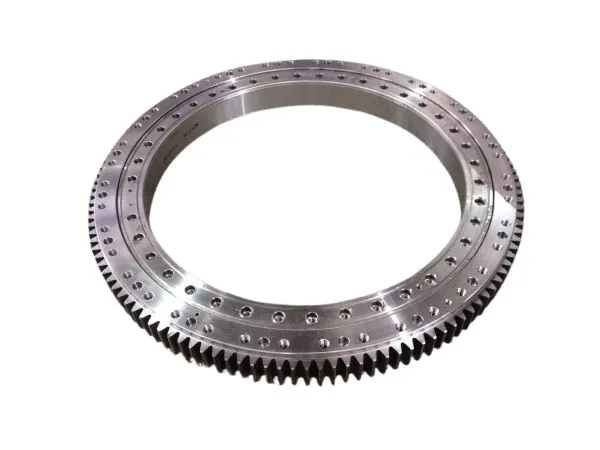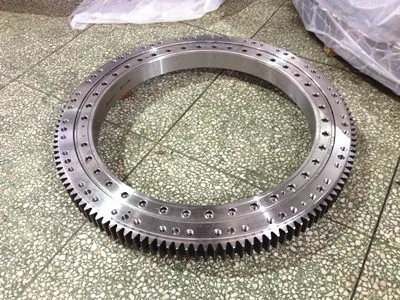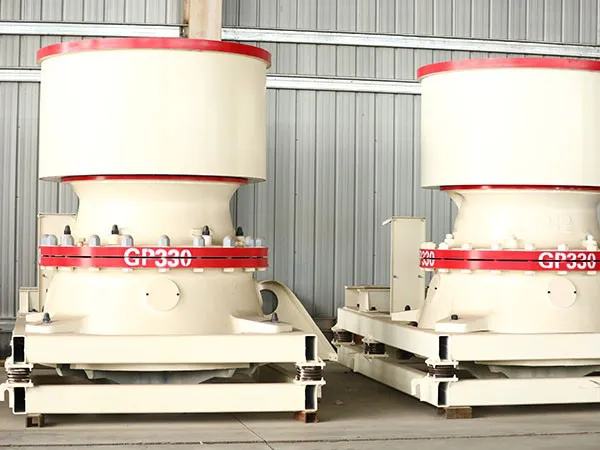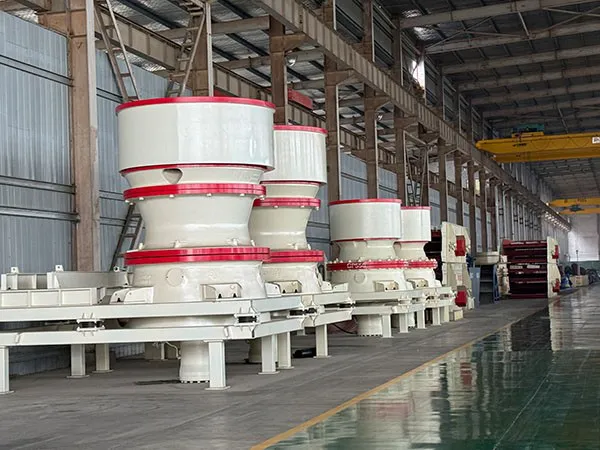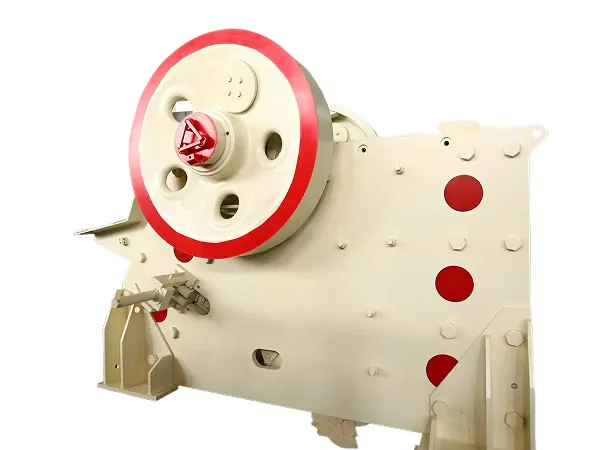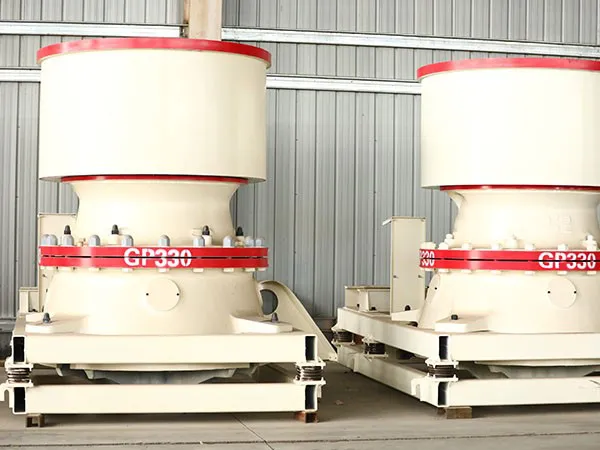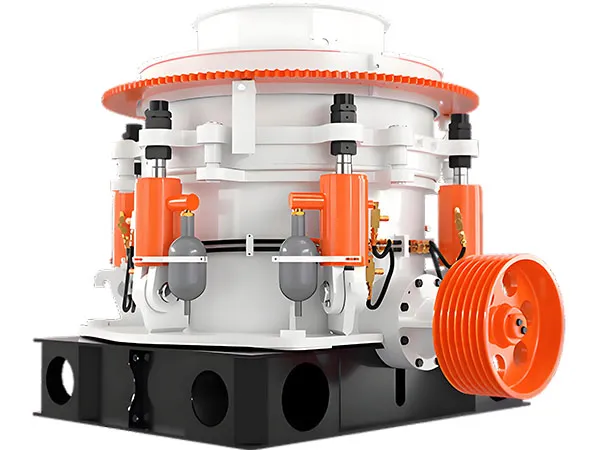Graphite molds are widely used in metal casting, glass molding, electronic metallurgy and other fields, due to its excellent high temperature resistance, chemical stability and good thermal conductivity is widely adopted. However, after experiencing high temperature casting process, the surface of the mold will often residual metal oxides, carbides, lubricant residues or other impurities, if not cleaned in a timely manner, will not only affect the accuracy of the mold and the quality of the surface, but also accelerate the aging of the mold, shorten the service life.
Cleaning graphite molds after casting is crucial for maintaining their performance and extending their lifespan.
How to Clean Graphite Molds After Casting
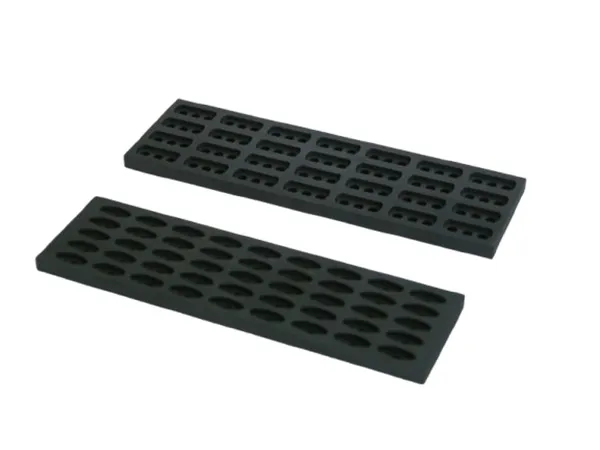
Why clean graphite molds?
Extend the life of the mold: removing residue reduces heat stress buildup and chemical corrosion;
Ensure casting quality: a clean mold surface enhances the finish of the next round of casting;
Avoiding dimensional errors: mold residues may cause molding deviations;
Improve productivity: avoid scrap or rework due to contamination.
Common cleaning methods
Mechanical cleaning
Use soft bristle brush or plastic scraper to remove surface impurities;
For thicker residues, micro-sand blasting (low-pressure sand blasting) can be used.
Heat treatment cleaning
The mold is placed in an oven and heated to break down the attached organic impurities;
Often used in conjunction with an inert gas atmosphere (e.g. nitrogen) to avoid oxidation.
Chemical Cleaning
Soak or scrub the graphite surface with a non-corrosive cleaning solution;
Avoid the use of solutions containing strong acids or bases that may damage the graphite structure.
Ultrasonic cleaning (precision molds)
Suitable for micro-fine structure molds, can effectively remove tiny particles;
…
For more information on how to clean graphite molds after casting, please click here:https://www.czgraphite.com/a/news/how-to-clean-graphite-molds-after-casting.html

